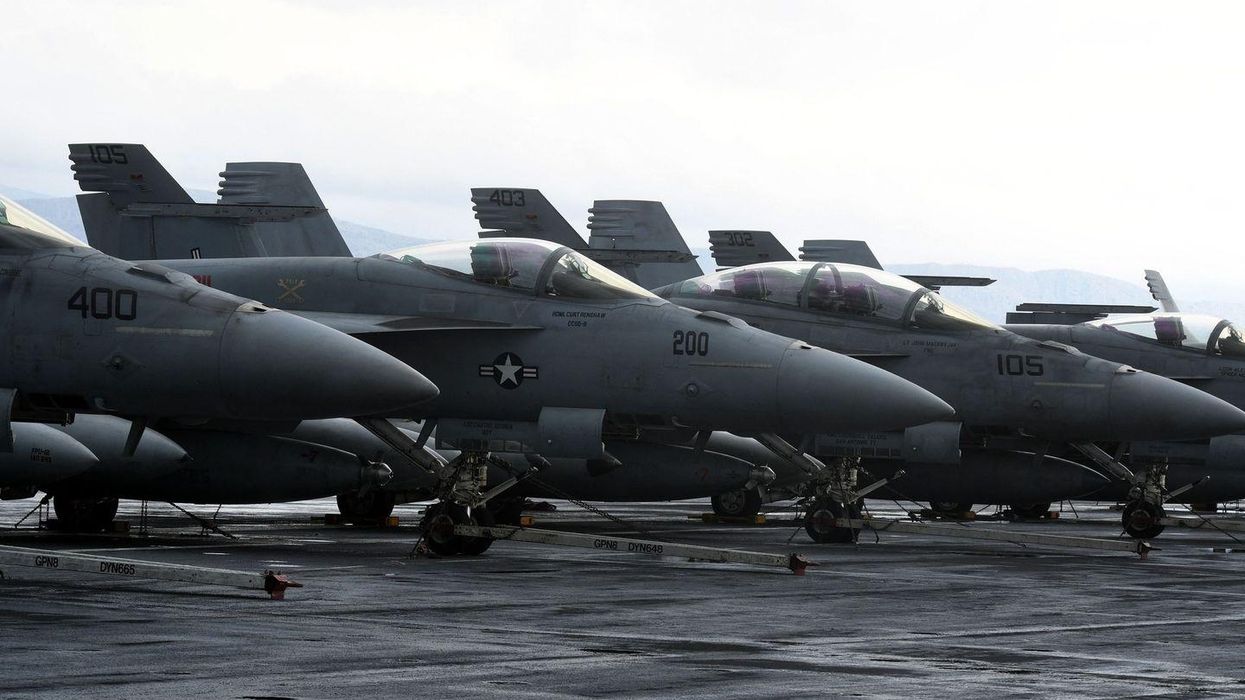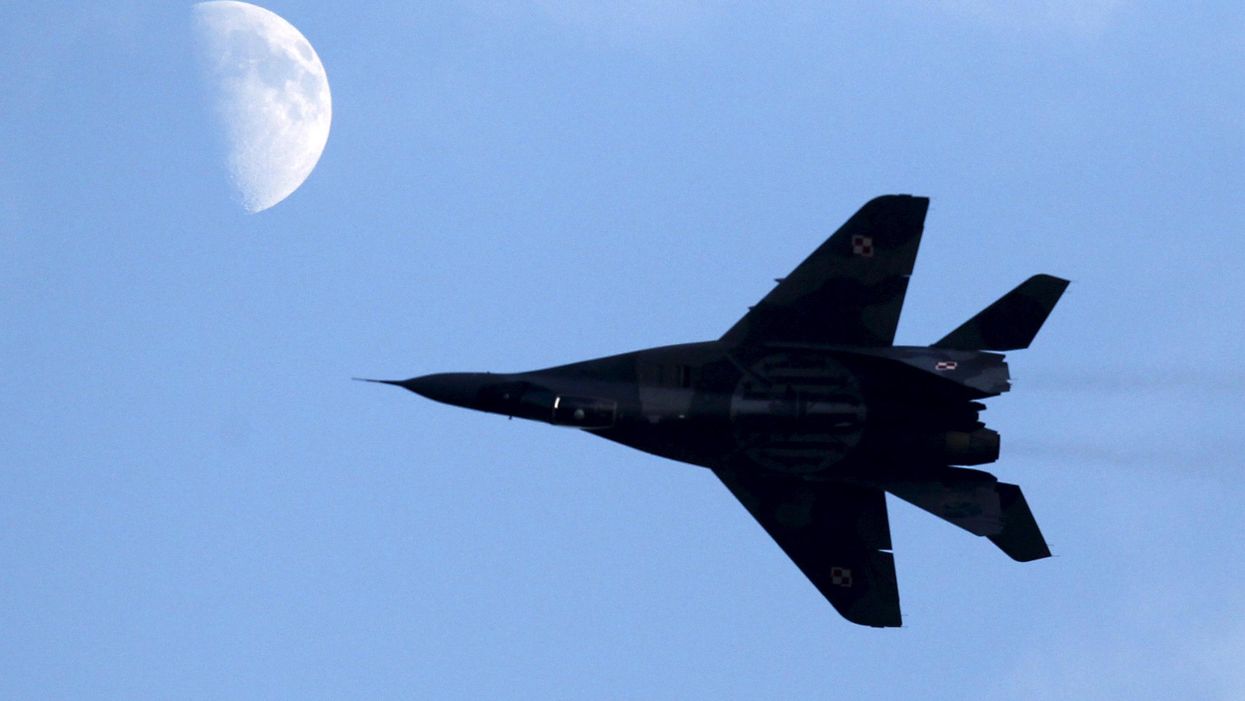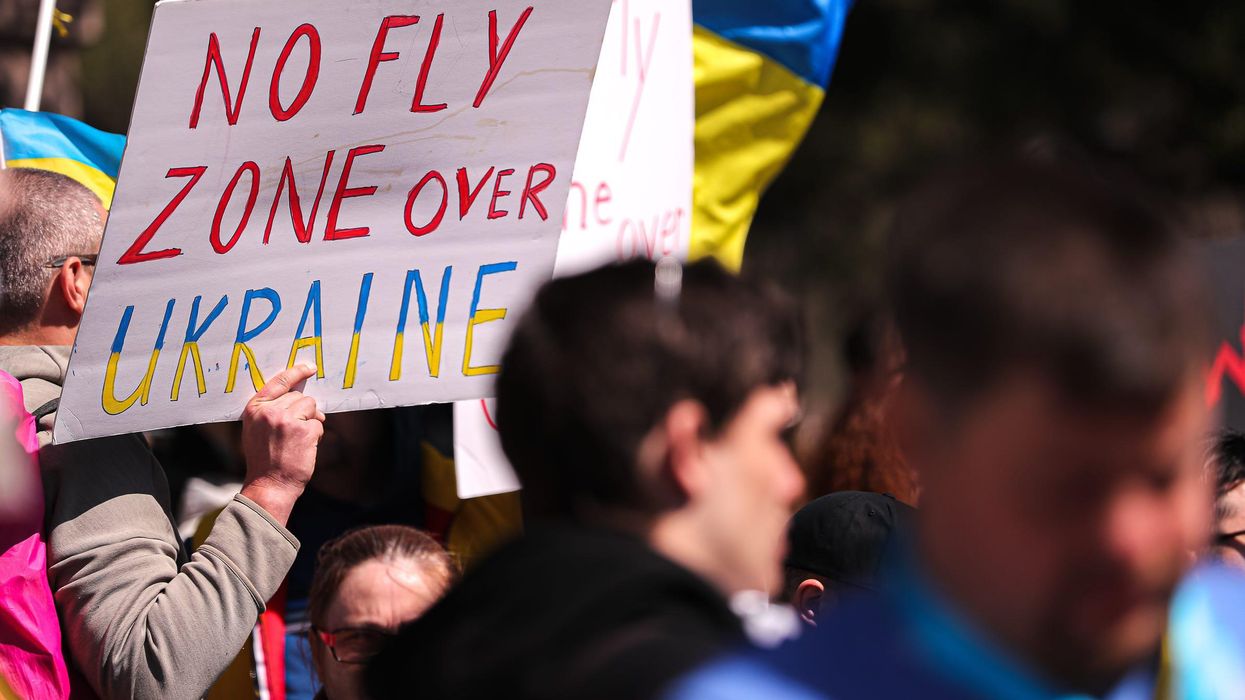ask ian
Russia escalates in Donbas in push to take eastern Ukraine
As Russia is launching a new phase of war, will eastern Ukraine fall? What is the West's last resort if the war further escalates? With US airlines dropping mask requirements for passengers, is this a bold move? Ian Bremmer shares his insights on global politics this week on World In :60.
Apr 19, 2022




